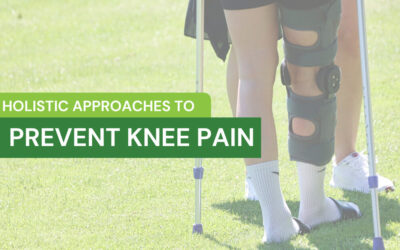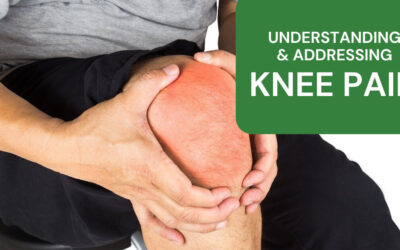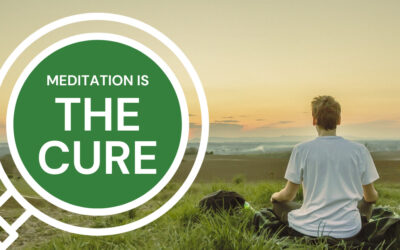How to Get Rid of a Charlie Horse
We’ve all had them. Leg cramps or “charley horses,“ as they are commonly known, can occur out of nowhere. They can be mild or intense. You may experience them during the day or when they keep you awake at night.
The origin of the name Charlie Horse
Leg cramps were named after Charlie “Hoss” Radborn, a famous baseball player from the 1880s who reportedly had frequent leg cramps.
What is a charlie horse exactly?
A leg cramp is a sudden, involuntary muscle spasm. Most “charley horses” occur in the calf muscles. You might notice a twitching or a lump. These symptoms are usually temporary.
Leg cramps often happen when a muscle in the leg shortens, causing a sudden pain making it hard to move. Tendons connect your muscles to your bones, shorten as you get older.
What can trigger a charlie horse?
Exercise can also be a trigger, especially if you exercise outside in hot weather or for an extended period. Muscles that are tired and dehydrated are more likely to cramp. In addition, overuse of a muscle, muscle strain, or simply holding a position for a prolonged period may cause a muscle cramp.
Sitting for long periods and standing on concrete floors may also lead to muscle cramps.
Some medications, such as cholesterol medications, may increase the likelihood of cramps. Low magnesium and potassium levels also may cause cramping.
How to help prevent a charlie horse
Prevention is simple. Stay hydrated. Always have water available when exercising outside or going to a movement class. Second, eat a healthy diet with plenty of green leafy vegetables. Kale, spinach, collard greens, turnip greens, and mustard greens contain significant magnesium. White beans, lentils, sweet potatoes, beets, parsnips, spinach, swiss chard, bananas, and avocados contain important potassium.
Increasing your flexibility may help. Remember to stretch, especially after exercising. If you experience legs cramps at night, trying stretching before bed. I find stretching my calf muscles before retiring to be extremely helpful.
Warm-up before exercising with a few stretches or walk at a slow pace.
When you experience a leg cramp, massaging or stretching the affected area helps to reduce the tightness and pain. Warm compresses loosen the muscle. Take note of what you were doing when the muscle cramp started. This might give you a clue as to the source of the muscle cramping.
Bottom Line: Muscle cramps are usually harmless and can be treated with additional self-care. If you have prolonged or frequent muscle cramps, consult your medical doctor to rule out any underlying medical conditions.
If you would like guidance or support on your wellness journey or would like to know more about my services, send me a message or call (973) 476-8661.
Are you tired of living with pain?
Are your activities and daily choices determined by your level of pain?
Are you ready to change your life for the better and gain back your physical freedom?
My unique and custom designed approach comes from years of training, education and experience. Together, we will get you back to living pain free and enjoying life.
Sign up for a private session today
It’s never too late to try something new.

Related Articles:
Holistic Approaches to Prevent Knee Pain
Chronic knee pain affects millions of people due to injury, overuse, or underlying conditions. Here’s a helpful guide that will help you avoid knee pain.
Understanding and Addressing Knee Pain
Knee Pain is a Common Ailment Knee pain is a common ailment that can significantly impact daily life, hindering mobility and causing discomfort. Understanding the causes and managing knee pain is essential for maintaining overall well-being, whether it's due to...
Meditation is the CURE
Meditation has gained recognition for having a profound effect on the mind and body, leading to improved overall health and longevity.



